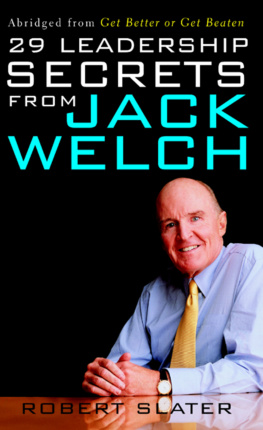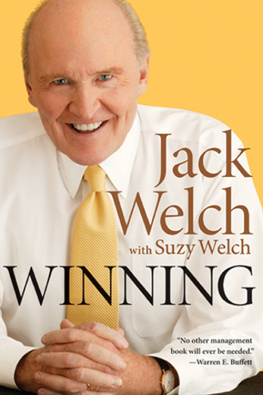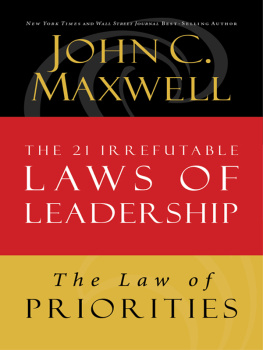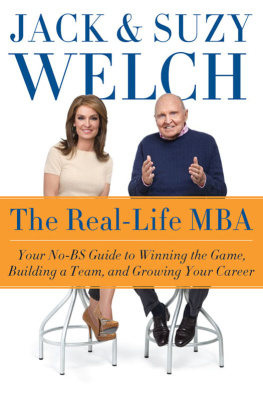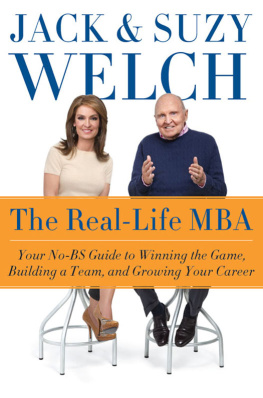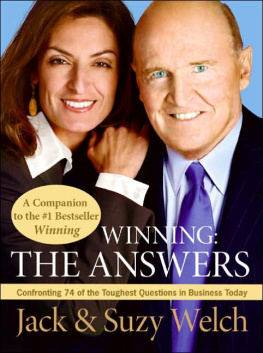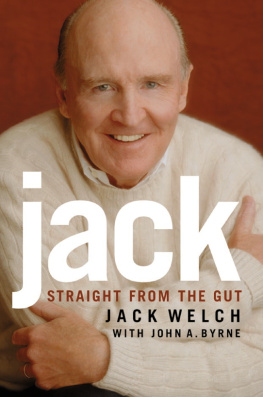

Copyright 2003 by McGraw-Hill, Inc. All rights reserved. Except as permitted under the United States Copyright Act of 1976, no part of this publication may be reproduced or distributed in any form or by any means, or stored in a database or retrieval system, without the prior written permission of the publisher.
ISBN: 978-0-07-141684-9
MHID: 0-07-141684-6
The material in this eBook also appears in the print version of this title: ISBN: 978-0-07-140937-7, MHID: 0-07-140937-8.
All trademarks are trademarks of their respective owners. Rather than put a trademark symbol after every occurrence of a trademarked name, we use names in an editorial fashion only, and to the benefit of the trademark owner, with no intention of infringement of the trademark. Where such designations appear in this book, they have been printed with initial caps.
McGraw-Hill eBooks are available at special quantity discounts to use as premiums and sales promotions, or for use in corporate training programs. To contact a representative please e-mail us at bulksales@mcgraw-hill.com.
TERMS OF USE
This is a copyrighted work and The McGraw-Hill Companies, Inc. (McGraw-Hill) and its licensors reserve all rights in and to the work. Use of this work is subject to these terms. Except as permitted under the Copyright Act of 1976 and the right to store and retrieve one copy of the work, you may not decompile, disassemble, reverse engineer, reproduce, modify, create derivative works based upon, transmit, distribute, disseminate, sell, publish or sublicense the work or any part of it without McGraw-Hills prior consent. You may use the work for your own noncommercial and personal use; any other use of the work is strictly prohibited. Your right to use the work may be terminated if you fail to comply with these terms.
THE WORK IS PROVIDED AS IS. McGRAW-HILL AND ITS LICENSORS MAKE NO GUARANTEES OR WARRANTIES AS TO THE ACCURACY, ADEQUACY OR COMPLETENESS OF OR RESULTS TO BE OBTAINED FROM USING THE WORK, INCLUDING ANY INFORMATION THAT CAN BE ACCESSED THROUGH THE WORK VIA HYPERLINK OR OTHERWISE, AND EXPRESSLY DISCLAIM ANY WARRANTY, EXPRESS OR IMPLIED, INCLUDING BUT NOT LIMITED TO IMPLIED WARRANTIES OF MERCHANTABILITY OR FITNESS FOR A PARTICULAR PURPOSE. McGraw-Hill and its licensors do not warrant or guarantee that the functions contained in the work will meet your requirements or that its operation will be uninterrupted or error free. Neither McGraw-Hill nor its licensors shall be liable to you or anyone else for any inaccuracy, error or omission, regardless of cause, in the work or for any damages resulting therefrom. McGraw-Hill has no responsibility for the content of any information accessed through the work. Under no circumstances shall McGraw-Hill and/or its licensors be liable for any indirect, incidental, special, punitive, consequential or similar damages that result from the use of or inability to use the work, even if any of them has been advised of the possibility of such damages. This limitation of liability shall apply to any claim or cause whatsoever whether such claim or cause arises in contract, tort or otherwise.
CONTENTS
PART I
THE VISIONARY LEADER: MANAGEMENT TACTICS FOR GAINING THE COMPETITIVE EDGE
PART II
IGNITING A REVOLUTION: STRATEGIES FOR DEALING WITH CHANGE
PART III
REMOVING THE BOSS ELEMENT: PRODUCTIVITY SECRETS FOR CREATING THE BOUNDARYLESS ORGANIZATION
PART IV
NEXT GENERATION LEADERSHIP: INITIATIVES FOR DRIVING AND SUSTAINING DOUBLE-DIGIT GROWTH
PREFACE
Jack Welch, the long-time Chairman and CEO of General Electric, has been hailed as the greatest business leader of our era and deservedly so. It was Welch who headed GE from April 1981 to September 2001 and who pioneered some of the most important business strategies of the past two decades. We now take these strategies for granted as part of the way American business is done: restructuring, the emphasis on being number one or number two, making quality a top priority (through his Six Sigma initiative), and so on. Moreover, Welch, unlike most other business leaders, created a tightly woven, carefully scripted business philosophy that provided brief, crisp guidelines for every aspect of business.
Welchs main leadership secrets, spelled out in this book, continue to resonate throughout the business world. Few other business leaders have articulated how to achieve maximum performance with such clarity and forthrightness.
Before Welch took over at GE, the business world had revered large bureaucracies as critical for close monitoring of personnel; it had placed great faith in a command-and-control management system, encouraging senior management to overmanage; it had allowed the employee to attain a protected status by being assured of a job for life. Jack Welch punctured holes in each of these notions. His legacy is that he has forever altered these myths and has inspired managers of corporations around the world to behave far differently: Bureaucracies are much smaller, with fewer management layers; managers manage much less, delegating far greater authority to empowered employees; the right to a job for life is no longer guaranteed as management runs much tighter, more productive ships.
Welchs performance at General Electric lent mighty credence to his ideas: When he assumed the post of Chairman and CEO of GE, the company had annual sales of $25 billion and earnings of $1.5 billion, with a $12 billion market value, tenth best among American public companies. In 2000, the year before Welch retired, GE had $129.9 billion in revenues; and $12.7 billion in earnings. In 2001, GEs revenues stood at $125.9 billion; and earnings rose to $14.1 billion.
From 1993 until the summer of 1998, GE was Americas market cap leader. Under Welch, the company reached a high of $598 billion in market cap (but settled in at about $400 billion during Welchs final years as CEO). Fortune magazine selected GE as Americas Greatest Wealth Creator from 1998 to 2000.
Anyone in business, from the most powerful corporate managers to the hourly factory worker, has much to learn from Jack Welch and his ideas. Studying his leadership secrets tells us what American business was once like, and outlines how the tactics he pioneered have changed business for the better in so many ways.
PART I
THE VISIONARY LEADER: MANAGEMENT TACTICS FOR GAINING THE COMPETITIVE EDGE
LEADERSHIP SECRET 1
HARNESS THE POWER OF CHANGE
FROM THE FILES OF JACK WELCH

The mindset of yesterdays manageraccepting compromise, keeping things tidybred complacency. Tomorrows leaders must raise issues, debate them, and resolve them. They must rally around a vision of what a business can become.
Is there a secret formula for succeeding in business? Probably not. But it makes sense to study a masterthe man widely regarded as the ablest business leader of the modern era. And that person is Jack Welch, the recently retired CEO and chairman of General Electric.
Perhaps the most admired CEO of his generation, Fortune

